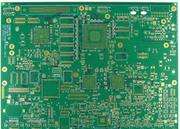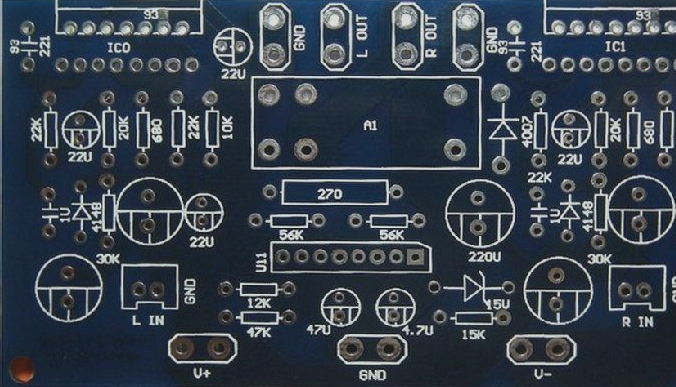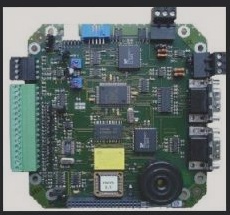The Evolution of Ultra-Long PCB Antenna Boards in High-Frequency Circuits
When it comes to microwave high-frequency circuit boards, especially those utilized in communication antennas, satellite antennas, and microwave antennas, boards exceeding 800mm in length are known as ultra-long circuit boards or ultra-long PCB antenna boards.
These boards play a crucial role in the modern electronic information industry and have seen rapid advancements in applications like mobile phones, automotive communication devices, wireless communications, and broadcasting.
However, most current antenna board designs are tailored for lengths under 800mm. When applied to ultra-long structures, issues related to signal fidelity, lifespan, and manufacturing costs can emerge.

Enhanced Design for Ultra-Long PCB Antenna Boards
To address these limitations, PCB has introduced a new structure for ultra-long PCB antenna boards. This design incorporates features like an aluminum substrate and an antenna unit to ensure strength and signal transmission capabilities while keeping costs low.
The antenna board’s structure includes a metal substrate with an antenna circuit layer on the upper surface, comprising an antenna unit, a ground unit, and a feed unit connecting the two. The lower surface features a tin-plated layer covered by a glass glue layer.
By adding these layers beneath the metal substrate, the board achieves excellent insulation and enhanced strength, enabling it to maintain service life even at lengths exceeding 800mm, such as 1200mm.
Improved Functionality and Cost Efficiency
- Utilizing the feed unit simplifies installation, making it easier to disassemble and replace the antenna unit.
- For longer boards, additional antenna units can be installed by increasing feed units, reducing production and operational costs.
- Various forms of feed units can be used for connection, such as double-ended clips or cassettes with grooves, common in the electronics industry.
- The metal substrate may consist of standard materials like aluminum or copper foil substrates.
- The L-shaped grounding unit optimizes volume and bending strength.
- The antenna unit supports multiple signal transmission groups, including mobile communication and satellite signals.
- Positioning holes on the metal base plate aid in secure installation onto other structural elements.
These enhancements result in excellent signal transmission capabilities, extended service life, cost-effectiveness, and scalability for the antenna board, meeting the demands of evolving high-frequency circuits.




